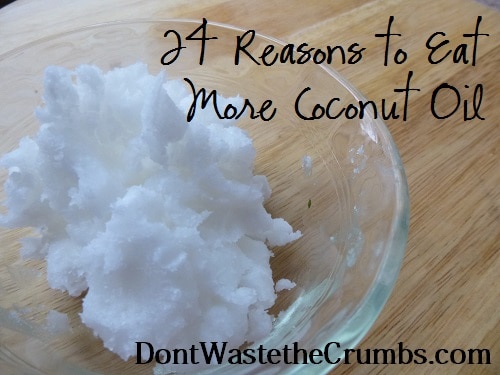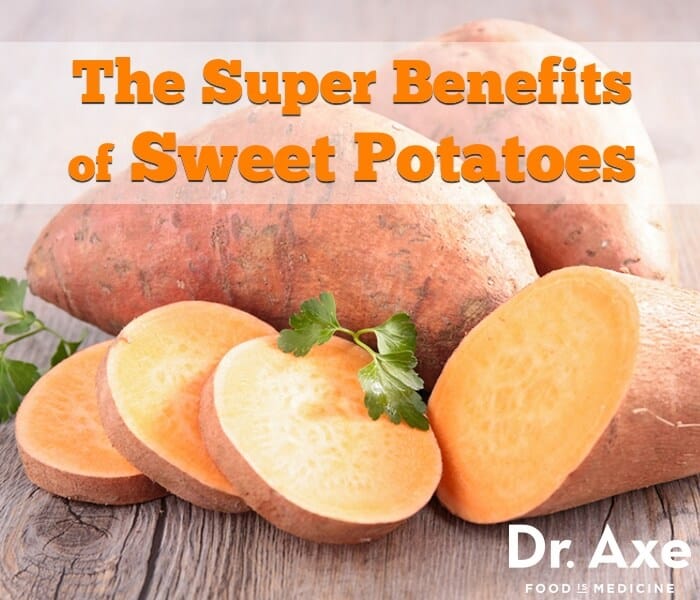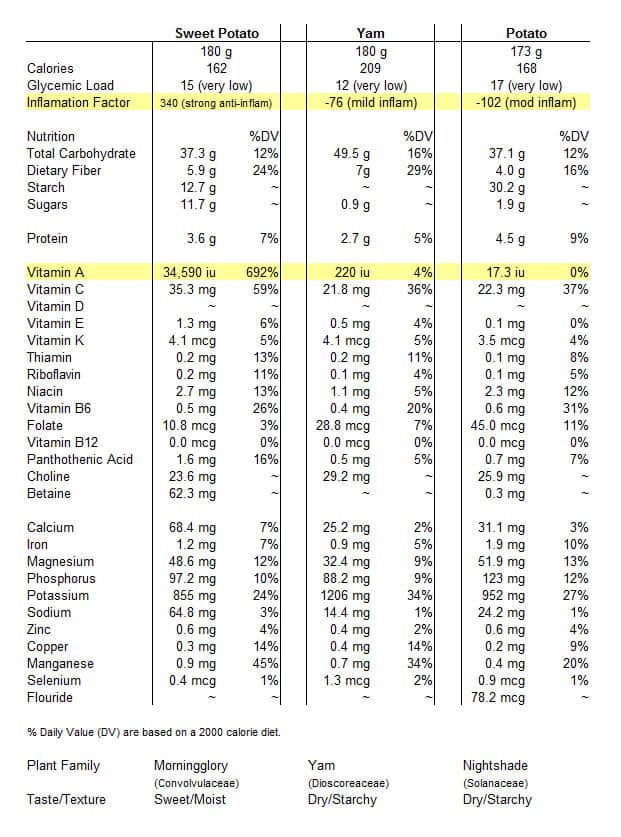Next time a headache strikes, even a migraine, you might want to skip the aspirin and reach for an essential oil. Clinical trials show, for example, that essential oil of lavender relieves migraine pain and accompanying symptoms by 72%.
In comparison, the Migraine Treatment Group reports that Tylenol helps migraines about 50% of the time. Ibuprofen works 57% of the time. And Imitrex, a drug often prescribed by doctors for migraine relief, is effective only 59% of the time.
A 2012 study conducted by the School of Medicine's Department of Neurology, at Mashad University of Medical Sciences, enrolled 47 diagnosed migraine patients and randomly assigned them to one of two groups. Trial subjects were told to apply 2-3 drops of essential lavender oil onto their upper lip, inhale it for 15-minutes and then score the severity of their headache pain every 30 minutes for the next two hours. (Control subjects received similar instructions but were given a placebo to inhale).
Out of 129 reported headaches experienced by trial subjects, nearly 72% responded entirely or partially to the lavender essential oil therapy. In the control group, fewer than half of headaches responded to the placebo.
Besides lavender, essential oil of peppermint has been shown in multiple studies to relieve nausea and vomiting associated with migraine as well as the perception of headache and migraine pain. Essential oil of rose has been found to combine well with lavender to soothe migraine pain.
"We definitely see essential oil therapies gaining popularity," reports Kate Vozoff, Premiere's director of Product Development. "They're effective and have no side effects – it's hard to beat that combination."
Check out the following article for more information on how to utilize essential oils in the treatment of migraines and headaches!
Essential
Oils And Migraines
There are a number of therapeutic grade essential oils that
help with migraines and debilitating headaches.
Researchers at Young Living have put
together the blend M-Grain which
sufferers can apply to their head and neck during migraine episodes. It
consists of Basil, marjoram, lavender, peppermint, Roman
chamomile and helichrysum.
These oils work together in a synergistic union to soothe and rejuvenate the body
during and after a severe headache. (A 15 ml bottle of M-Grain retails
at $52.30, and the price for wholesale
customers is $39.75).
Some people find it helpful to take
oils internally to explode a migraine out of the system. Stacy McDonald has a testimony of her blog about a woman who took a
“migraine bomb”. She wrote
“I was at my wits end yesterday. I
had been suffering from a migraine for 7 days and I had been in bed with it. I
had to get out yesterday for an appointment, and while out I texted a friend to
see if she had the oils for the bomb. She did and told me to come by. I took
one bomb when I got home, and within 15 minutes my
migraine was gone! This was something that my regular
migraine medicine would not touch. I am beyond thrilled! Thank you God for
these wonderful oils! I am learning so much! I just wish I would have thought
of it before suffering for a week. I am LOVING learning about these oils!!!!!”
The ingredients for the migraine
bomb is simple, and I am looking forward to trying it next time I am suffering
from a headache:
Amy’s Migraine Bomb
5 drops Copaiba
5 drops Frankincense
5 drops Idaho Balsam Fir
Amy placed these oils in an empty gel cap and swallowed.
Warning: I only recommend Therapeutic Grade essential oils. Lower quality oils may be toxic. Young Living oils that are labeled as “supplements” are approved for internal use. NEVER ingest lower quality oils, but only oils that are Therapeutic Grade.
5 drops Copaiba
5 drops Frankincense
5 drops Idaho Balsam Fir
Amy placed these oils in an empty gel cap and swallowed.
Warning: I only recommend Therapeutic Grade essential oils. Lower quality oils may be toxic. Young Living oils that are labeled as “supplements” are approved for internal use. NEVER ingest lower quality oils, but only oils that are Therapeutic Grade.
The Essential Oils Pocket Reference gives two more recipes
which headache sufferers would do well to try:
General Headache Recipe No 1:
4 drops wintergreen
2 drops lavender
3 drops German chamomile
1 drop clove
2 drops copaiba
General Headache Recipe No 2:
4 drops Eucalyptus
6 drops peppermint
2 drops myrrh
4 drops Eucalyptus
6 drops peppermint
2 drops myrrh
These can be applied topically or
diffused. If you have sensitive skin, dilute with a carrier oil like almond
oil.
Another oil which really helps with
headaches is peppermint
oil. Because of its cooling function, this oil is very
refreshing (again, be sure to buy therapeutic grade) and can help to either ease a headache, or
sometimes eliminate it completely. Researchers at the Christian-Albrecht
University in Kiel, Germany, conducted Placebo-controlled, double-blind,
crossover studies and proved that essential oils were just as effective in
treating headaches as Tylenol. They concluded “Peppermint oil
thus proves to be a well-tolerated and cost-effective alternative to usual
therapies.”
Other single oils which have been
known to help headache sufferers are:
o Clove
o
Copaiba
o
Eucalyptus
Blue
o
Dorado Azul
o
German
Chamomile
o
Roman
Chamomile
o
Lavender
o
Myrrh
o
Rosemary
o
Spearmint
o
Valerian
o
Wintergreen
Some of Young Living’s blends which
help headache sufferers are:
o
Brain Power
o
Clarity
o
Deep Relief Roll-On
o
PanAway
o
Stress Away Roll-On
o
Relieve It
o
R.C.
o
Raven
o
Tranquil Roll-On
Application and Usage
o
You may apply single-oils or blends
neat or diluted, depending on the oil.
o
Diffuse your choice of oils into the
air of your room for 1/2 hour every 4-6 hours or as desired.
o
Put 2-3 drops of your chosen oil in
your hands and rub them together, cup your hands over your nose, and inhale
throughout the day as needed. Put 2-3 drops of oil on a cotton ball
or tissue and put it in an air vent in your house, vehicle, hotel room, etc.




















